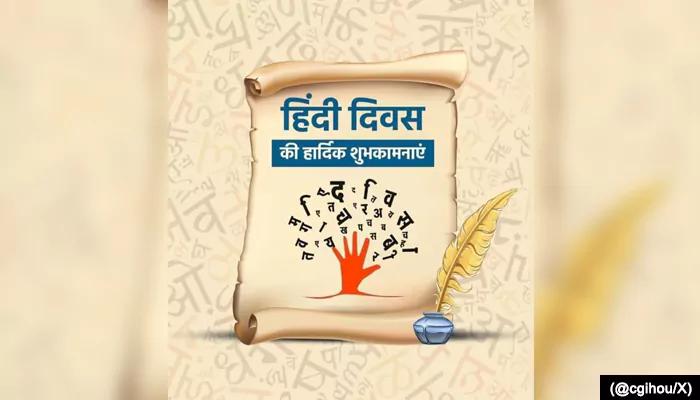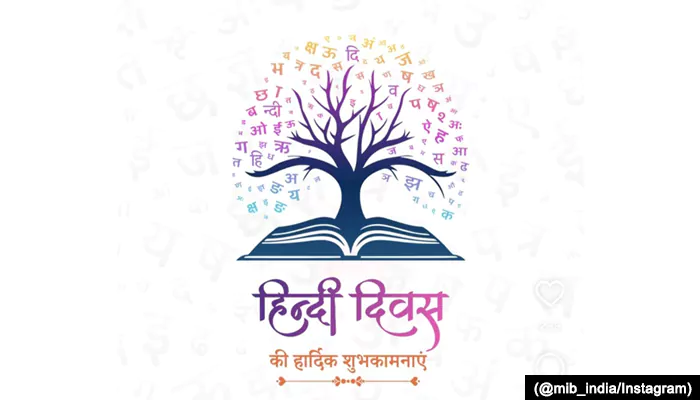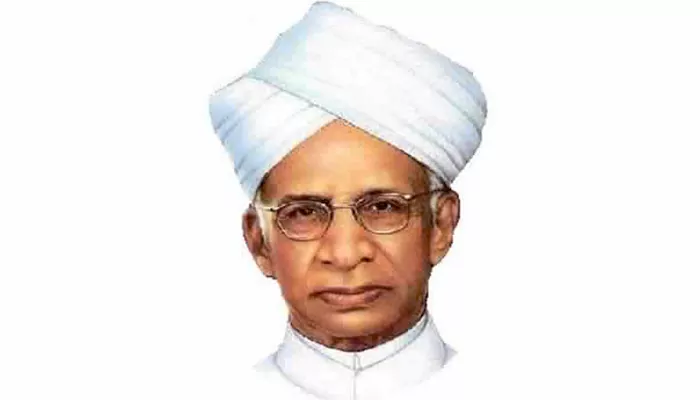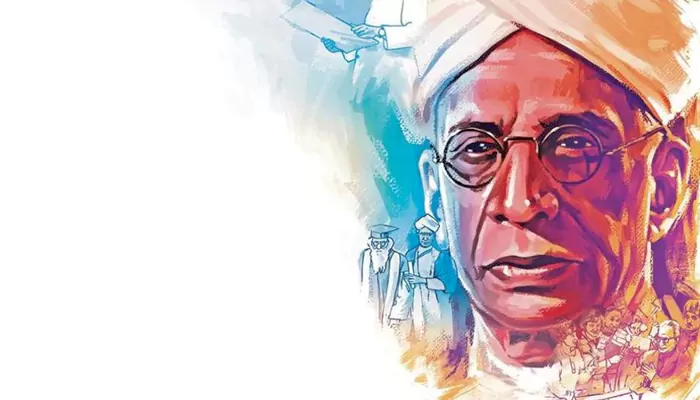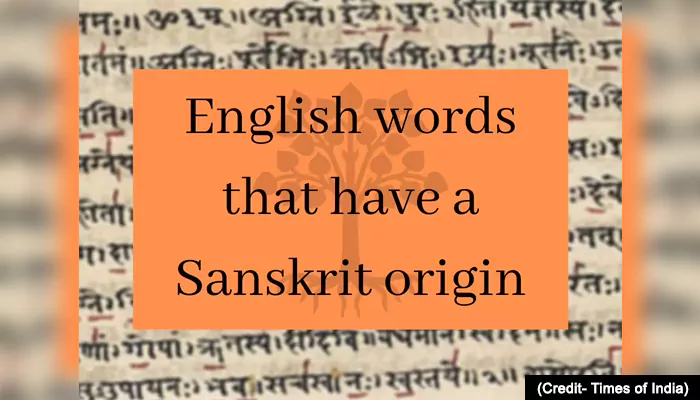
Our lullabies form a bond that lasts for centuries, linking us to our nation's soul from way back when to now!
Since the very beginning of human history, when our ancestors first gathered around campfires, lullabies have helped form a strong bond between parents and their children. These gentle songs have always been a way to express love, shared across all cultures and times. Lullabies soothe babies, teach lessons, and keep traditions alive, making them important everywhere. In India, lullabies are especially meaningful. They reflect the country's rich heritage and help pass down stories, values, and cultural practices through generations. So, let’s uncover the world of Indian lullabies and explore what makes them so special!
Showing parental love and care
Indian lullabies are filled with the love and care parents have for their children, a sentiment that has been passed down through generations. These gentle songs, often performed by mothers, grandmothers, or other caregivers, symbolise the deep bond between parent and child. This bond has been the foundation of our society since ancient times. The soothing lyrics and tender melodies create a sense of security and comfort, providing emotional well-being from a child's earliest days. A beautiful example is the Bengali lullaby “Nindro Nindro Khokona.” Its gentle verses paint a picture of a mother hugging her child, with the troubles of the world melting away, much like a bird sheltering its chicks in the nest.
Different languages and local variations
The diversity of languages in Indian lullabies is really fascinating and highlights just how varied India is. With so many languages spoken across the country, each region has its own special lullabies. They might use similar words and phrases, but the music, tunes, and emotions can be very different. Imagine starting with the hauntingly beautiful Bengali lullabies, moving to the rhythmic Tamil ones with their complex classical Carnatic music, and ending with the soulful Punjabi lullabies. Each has its own unique charm and shows the rich cultural mix of India.
Keeping our cultural legacy alive
Indian lullabies are like precious heirlooms, passing down our cultural stories and values from generation to generation. They go beyond simple melodies, carrying lessons of love, loyalty, and perseverance that shape our identities. Take "Amma Amma Engey," for instance—it's more than just a song about a child searching for their mother. It's a gentle reminder of our roots and a source of comfort that resonates deep within us, connecting us to our heritage in a profound way. These lullabies speak to our souls, nurturing us with the timeless wisdom of our ancestors.
Bringing it back in style
Recently, Indian lullabies have gained recognition worldwide for their cultural importance. Artists and musicians are working hard to keep these musical gems alive, making them appeal to newer audiences while retaining their timeless charm. By blending traditional and modern styles, collaborations between artists are revitalising these ancient creations and connecting them with today's world.
As we continue to sing and celebrate these songs, they remind us of the depth of our cultural roots and the richness they bring to our lives. In a world where cultures often blend together, preserving our ancestral lullabies becomes vital. They ensure that the diverse and vibrant Indian culture thrives and stays close to each new generation, keeping our heritage alive and cherished.

